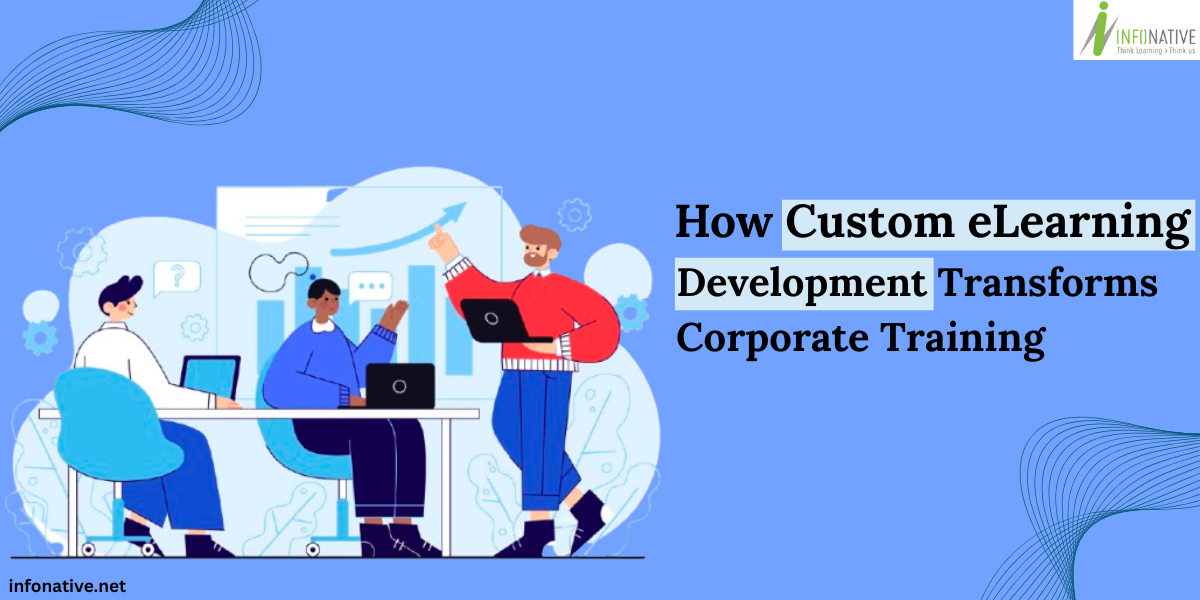Hiring new employees can seem daunting at first. However, it is only the beginning of a crucial step in the hiring process- onboarding. It can make or break the long-term success of your new hire since a new employee’s success or failure often depends on the level of training that they’re got. Even though starting a new job can be stressful but new employees keep the organization young, relevant, and vibrant.
Are you ready to start lowering your employee onboarding time? How can you ease the transition of new hires into your workspace? And how can an employee training LMS make you prepared for what lies ahead? Learn more in the onboarding tips below on welcoming new employees and creating a positive experience for them.
1. Build experience with real-world activities
Build experience of new hires with real-world activities. This is because many college and university degrees mainly focus on theory leaving many new hires under-prepared for the workplace. This happens even if they work in the exact field that they’ve studied. Their theoretical knowledge doesn’t benefit them in real-world scenarios.
Therefore, provide new hires with practical training which actually focuses on the things which they’ll actually be doing at work. Such as upselling tactics, pricing products, and more. This will help them to deal with daily challenges rather than exploring irrelevant theories.
2. Focus on the human factor
Train your new hires to focus on the human factor. For instance, train them in human connection, empathetic listening, and layman’s communication. Help them to interact effectively with digitally illiterate clients. If you are successful in training them in this, it will boost your overall organizational results and enhance the careers of your new hires. Similarly, the human factor should also extend to your content creation. Include personal stories and examples in your onboarding training so that your newly hired employees can learn favorable performance behaviors.
3. Assign a mentor
Assign a mentor to your new hires who can provide help, clarify, answer questions, and direct them to the right resources without stress during training and onboarding. A same-level mentor becomes a go-to buddy who can help new hires get up to speed, form relationships with colleagues and encourage teamwork.
The mentor can be assigned for the first 90 days and it’s not necessary that he/she be from the same department/city as the new hire. Assigning mentors also gives tenured employees a chance to welcome and integrate new individuals. Moreover, the more tenured employees bring a seasoned perspective and the new hires bring energy and enthusiasm. This relationship can prove to be beneficial for both parties.
4. Personalize the onboarding process
Plan ahead and personalize the onboarding process for each new hire with the mandatory readings and scheduled times for meeting and shadowing others. In onboarding there is no one size fits all approach. Customized onboarding is more effective than standard onboarding. The reason is simple. Standard onboarding procedures are cold and isolating experiences for new hires and tend to have high turnover rates. Further, each new hire performs a different role with distinct responsibilities so personalized onboarding programs tailored to each employee’s role will be very useful. Even though it may all seem time-consuming, it will lead to training which works for the new employees and will be beneficial to both the employees and the organization.
5. Evaluate the new hires
Organizations spend a lot of time and money on onboarding new employees. You would save money and ensure onboarding success if you test your new hires for existing skills, knowledge, and abilities. For example, create quick tests to evaluate the knowledge and identify areas of strength and weakness of your new hires. So, once you do this step, you can leave the things that they already know. All this will help you tailor your training to efficiently meet the needs of your learners.
Final word
Onboarding new employees is a tough and time-consuming process. You need to make a proper plan and strategy in order for it to be effective. You also need to assess different training methods and use the best ones to streamline the process. Thus, in order for onboarding to remain effective, keep it as engaging and exciting as possible for your new employees.
At MindScroll LMS we make it easy for you to onboard new hires. Schedule a demo to help your new hires get up and running in no time. Learn more on https://infonative.net/onboarding-training. For any queries, feel free to reach out to us at yg@infonative.net
Check our articles for resources you and your team may need
Read next: 3 Steps To An Effective And Successful VILT Program




